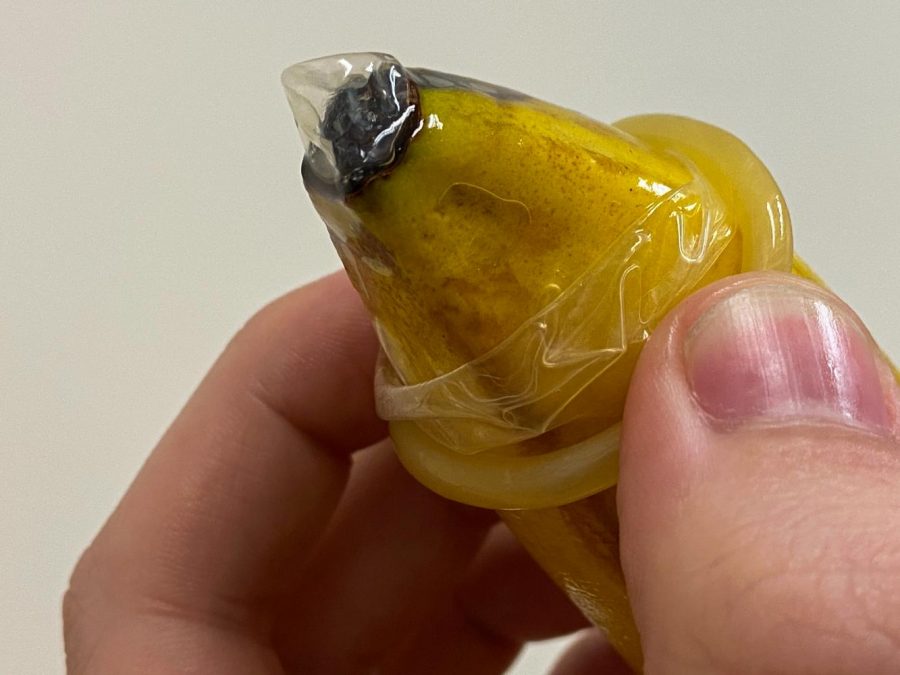Content warning: This article contains spoilers.
An awkward, sexually inexperienced high school boy charging his classmates for his (unqualified) sex advice — to call the premise of ‘Sex Education’ interesting would be vastly underselling it. Otis, the young sex therapist who strongly resembles a Victorian-era doll, and Maeve, a punk, feminist, Margot-Robbie-lookalike acting as the manager of Otis’s therapeutic services, are the center of the first season’s storyline. Their ethically-questionable business, its effects on the school and the ever-evolving characters introduce the foundation for season two. The newly-released second season largely shifts to the struggles of female characters, who dominate the narrative and contribute a new element of complexity to the show’s message. The continuation of the storyline introduces more nuanced portrayals of human desire that TV shows with similar subject matters don’t typically attempt. However, ‘Sex Education’ still falls short in certain portrayals of LGBTQ+ relationships.
Season two’s candy-colored palette and sex-positive demeanor seem to paradoxically foreshadow something far more sinister for Aimee, a girl who is characteristically kind and slightly naive. While on the bus to school, Aimee is assaulted by a man standing behind her. Rather than immediately recognizing that his actions are predatory and wrong, Aimee shrouds herself in doubt by insisting to herself and her close friends that the incident wasn’t significant at all. However, as she goes through the motions of everyday life, the trauma starts manifesting itself through hallucinogenic visions of her assailant that send her into a state of panic.
Aimee’s inability to confront what happened to her results in a plethora of changes to her daily routine as she tries to determine where she fits in within an environment that facilitates abusive behavior. She stops taking the bus and inconveniences herself by trekking a great distance to school every day, and ceases having sex with her boyfriend due to the trauma brought on by the sexual assault. Although the topic is tackled with the same light-heartedness that permeates the overall tone of the show, the subtleties of her experience give an intimate and relatable look at the realities of sexual trauma. This is emphasized in one episode when a group of students, who seem to have nothing in common, manage to find a bond in their shared experiences with sexual harassment. Despite the fact that their point of communion is indubitably gloomy, the prevalence of aggression in their lives sparks a camaraderie between people who want a world devoid of these atrocities.
However, support from her friends and local resources help Aimee finally address the events. In a standout scene, Aimee reconciles with her boyfriend and tells him that she is ready for a hug. Simple gestures of physical affection can be momentous in the wake of tragedy, and this small step becomes one of the most genuine and poignant scenes in the whole season.
On the moral flip side, “Sex Education” falls somewhat short of progressive representation through its portrayal of Eric and Adam’s relationship. After the two have a sexual encounter in the previous season, their romance is depicted as the paragon of love when it is anything but. Adam, the closeted school bully archetype, spends most of the first season physically abusing Eric under the guise of his own internalized homophobia. As he comes to terms with his own sexuality, Eric, an openly gay teen, is often the emotional casualty. Problematic LGBTQ+ relationships are hardly touched upon in mainstream media, but these toxic couplings are romanticized in many teen-oriented shows. By portraying relationships like these as normal or a rite of passage, producers are doing members of the LGBTQ+ community an innate disservice. Eric decides to choose Adam over newcomer Rahim, despite the fact that Rahim treated Eric with utmost respect throughout their dalliance. The prioritization of a trope-driven storyline is tired and frustrating. If “Sex Education” decides to continue the Eric/Adam storyline without exploring the inherent problems behind it and the mysteries of human attraction, it threatens to destabilize the show’s new innovative streak.
The new season does a much more effective job of tackling women’s issues and crafting a cohesive and realistic portrait of horny, insecure British teens. Hopefully the next season can also eradicate the toxic stereotypes that have plagued LGBTQ+ representation in mainstream media for as long as it’s been around.
Email Ashley Wu at [email protected].


























































































































































